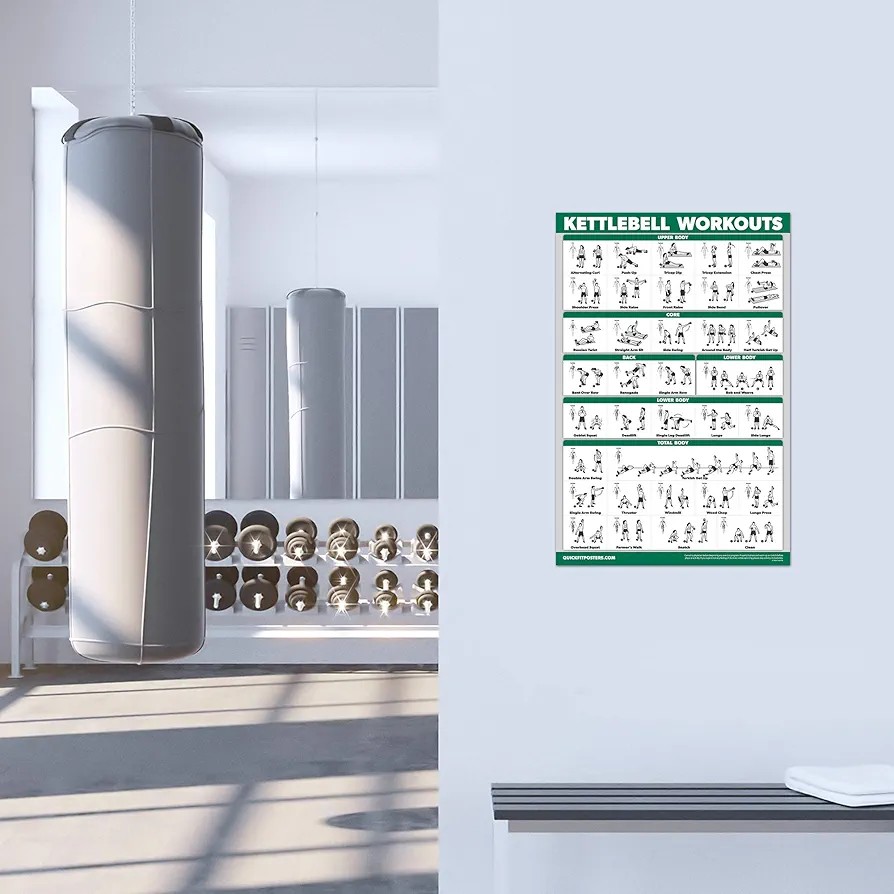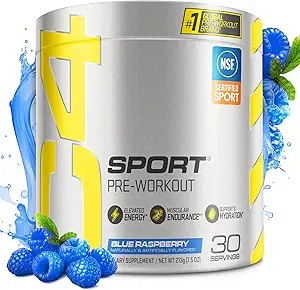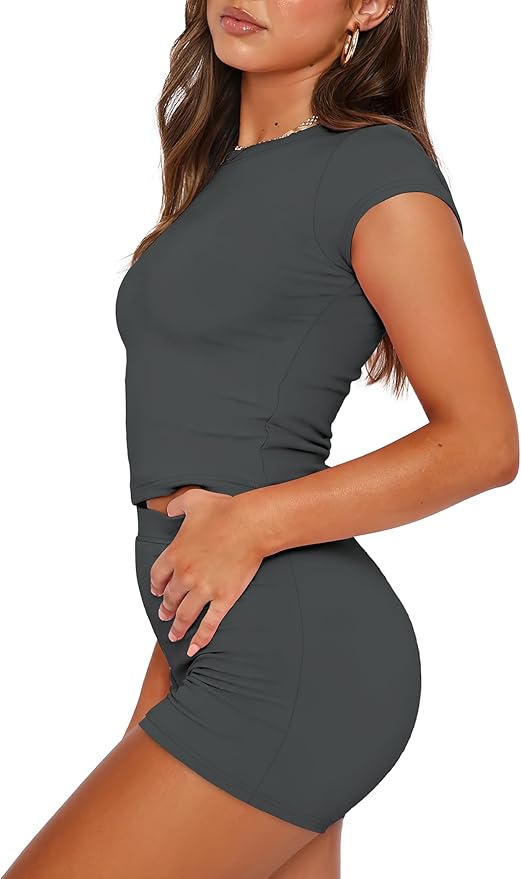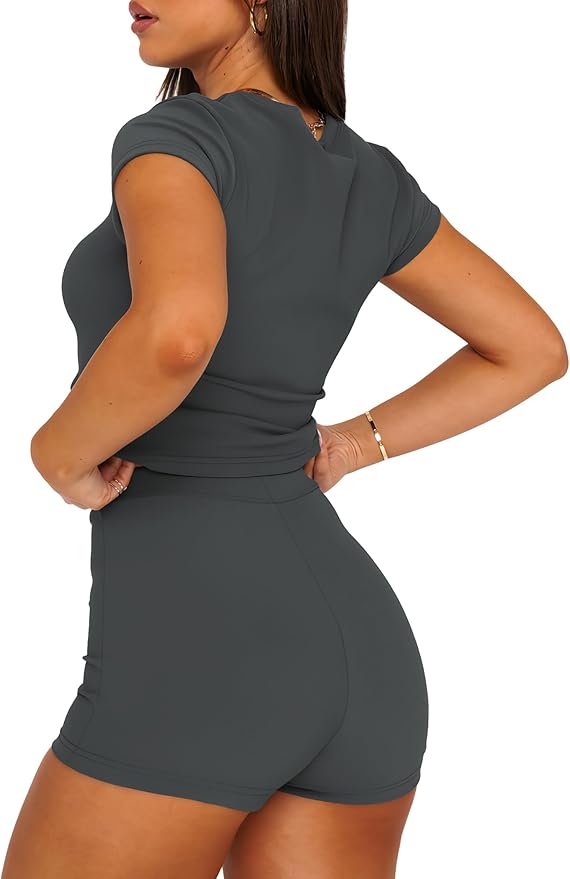
Engaging in gym workouts requires a foundational grasp of several key principles to maximize effectiveness and efficiency. One of the most critical components of a successful fitness regime is the establishment of clear fitness goals. These objectives serve to guide the workouts, providing direction and motivation. Whether it is weight loss, muscle gain, or overall health improvement, identifying specific and measurable goals is essential.
In addition to goal-setting, understanding one’s body type plays a pivotal role in designing appropriate workout routines. The three primary body types—ectomorph, mesomorph, and endomorph—dictate the way individuals should approach their training. For example, ectomorphs may benefit from strength training to build muscle mass, while endomorphs might focus more on cardiovascular exercises to shed excess fat.

When it comes to the types of workouts, gym routines can generally be classified into three categories: strength training, cardio, and flexibility exercises. Strength training increases muscle mass and strength through weight lifting or bodyweight exercises. Cardiovascular workouts, on the other hand, enhance heart health and improve endurance through activities like running or cycling. Lastly, flexibility training, which includes stretching routines, helps maintain a healthy range of motion and prevents injuries.
Another fundamental aspect often overlooked by beginners is the importance of warm-up and cool-down routines. Warming up prepares the muscles for intense activity and reduces the risk of injury, while a cool-down phase helps in recovery by gradually lowering the heart rate and stretching the muscles that were engaged during the workout.
For those just starting their gym journey, it is advisable to seek guidance from fitness professionals who can offer personalized advice and develop an appropriate workout plan. Taking the time to learn about proper techniques, nutrition, and recovery will ultimately lead to more effective and sustainable workouts.
Crafting the Perfect Workout Routine
Developing a personalized workout routine that caters to individual fitness goals, lifestyle, and preferences is essential for achieving desired results. A well-structured routine not only promotes physical fitness but also enhances overall well-being. To design an effective workout plan, begin by identifying your specific fitness objectives, such as weight loss, muscle gain, or improved cardiovascular health. This clarity will guide your selection of exercises and training modalities.
In terms of exercise categories, balance is key. A comprehensive workout plan ideally incorporates strength training, cardiovascular exercises, and high-intensity interval training (HIIT). Strength training, which includes weightlifting and bodyweight exercises, is essential for building muscle and boosting metabolism. Aim for at least two to three sessions per week, with a focus on major muscle groups. Cardiovascular activities, such as running, cycling, or swimming, should be integrated for heart health, with three to five sessions per week recommended. HIIT can be utilized to maximize calorie expenditure and enhance conditioning, typically involving short bursts of intense activity followed by rest periods.
Weekly workout splits are vital. A common and effective approach is the upper/lower split for training four days a week, allowing time for recovery and muscle repair. Additionally, incorporating rest days is crucial to prevent overtraining and ensure continuous progress. Recovery helps optimize performance, so consider incorporating lighter activities such as yoga or walking into your routine on rest days.
Tracking progress is another important aspect. Recording details such as exercises, weights lifted, and sessions completed can bolster motivation and reveal patterns over time. It is advisable to reassess fitness goals and make necessary adjustments to the workout plan every few weeks, ensuring it remains aligned with evolving capabilities and lifestyle changes. By following these guidelines, individuals can craft a tailored workout routine that promotes fitness success while accommodating their unique preferences.
Nutrition and Supplementation for Optimal Performance
Optimal performance in the gym is deeply intertwined with proper nutrition and supplementation. Nutrition plays a pivotal role in supporting workout goals and overall fitness. The foundation of any effective diet for fitness enthusiasts consists of macronutrients, which include carbohydrates, proteins, and fats. Carbohydrates serve as the primary energy source, fueling high-intensity workouts and aiding in recovery post-exercise. Proteins are essential for muscle repair and growth, making them a critical component of a fitness-focused diet. Furthermore, healthy fats are vital for hormonal balance and long-term energy, contributing significantly to overall well-being.

In addition to macronutrients, micronutrients—such as vitamins and minerals—are crucial for optimal body functioning. These nutrients assist in various metabolic processes, impacting energy levels and recovery. For instance, B vitamins are instrumental in energy production, while vitamin D and calcium enhance bone health, which is vital for those engaging in weight-bearing exercises.
Hydration cannot be overlooked in the context of nutrition and fitness. Water plays a significant role in performance, affecting endurance, strength, and recovery times. Maintaining adequate fluid intake before, during, and after workouts is key to ensuring that the body can perform efficiently and recover effectively.
Moreover, many fitness enthusiasts consider supplements to enhance their performance. Although various supplements are available, it is crucial to choose wisely. Research-backed options, such as protein powders, branched-chain amino acids (BCAAs), and creatine, have shown efficacy in improving exercise performance and aiding recovery. However, it is essential to debunk myths surrounding supplementation; not all supplements are necessary or beneficial for everyone. Consulting with a healthcare professional or a registered dietitian can provide personalized recommendations that align with individual fitness goals.
In conclusion, a comprehensive understanding of nutrition and supplementation is vital for those seeking to optimize their gym workouts. By focusing on balanced macronutrients, important micronutrients, and proper hydration, along with informed supplement choices, individuals can enhance their performance and recovery in the pursuit of fitness excellence.
Fitness Fashion: Staying Stylish at the Gym
In recent years, fitness fashion has emerged as a significant aspect of gym culture, influencing not only how individuals perceive their workouts but also enhancing their motivation and self-confidence. When individuals feel good in their attire, they are more likely to be enthusiastic about their fitness routines. Therefore, selecting the right gym apparel is essential as it directly impacts performance and overall enjoyment during workouts.

When choosing gym wear, comfort must be prioritized alongside style. Opt for garments made from moisture-wicking fabrics that ensure breathability, allowing for optimal movement during exercises. Additionally, including supportive shoes in your fitness wardrobe is critical. Look for footwear that provides the necessary cushioning and stability tailored to your specific activities, whether it’s running, lifting, or yoga. By investing in high-quality materials, you not only improve your workout performance but also ensure durability in your gym attire.

Current trends in fitness fashion offer a range of options for individuals looking to express their personal style while at the gym. Bold prints, vibrant colors, and stylish cuts are prevalent, allowing for a balance between functionality and flair. Mixing and matching different pieces can lead to various combinations, enabling you to create a plethora of outfits suitable for different workouts. This versatility not only highlights personal style but also promotes a sense of creativity in getting dressed for fitness.

Ultimately, investing in stylish and functional fitness apparel can significantly enhance your gym experience. By choosing the right pieces that resonate with your personal taste and comfort, you can boost your motivation and, in turn, achieve your fitness goals with confidence. Remember that the way you feel in your gym clothes can play an essential role in how effectively you engage in your workouts.
